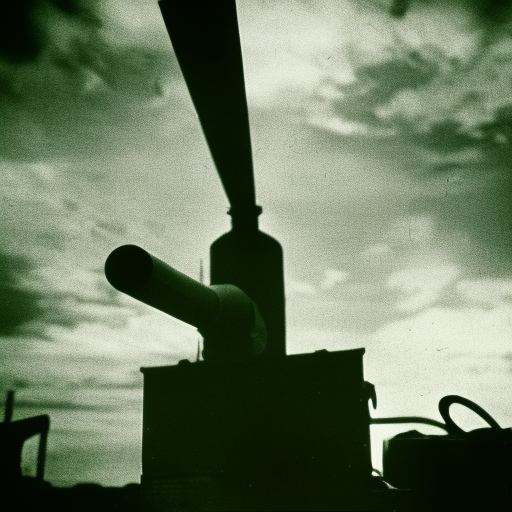Summary:
Operation Tempest was a series of military actions undertaken by the Polish resistance during World War II. It aimed to liberate Polish territories from German occupation and establish Polish sovereignty. The operation began in January 1944 and continued until the end of the war in 1945. Despite facing significant challenges and limited resources, the Polish resistance managed to carry out numerous successful attacks against German forces, contributing to the eventual liberation of Poland.
Background:
Poland was occupied by Germany in 1939, following the outbreak of World War II. The Polish government went into exile, and various resistance groups formed within the country. The largest and most organized of these groups was the Home Army (Armia Krajowa), which became the main force behind Operation Tempest.
Objectives:
Operation Tempest had several objectives. Firstly, it aimed to disrupt German military operations and supply lines, weakening their hold on Polish territories. Secondly, it sought to establish Polish administrative structures and institutions in liberated areas. Lastly, it aimed to build international support for the Polish cause and demonstrate the strength and determination of the Polish resistance.
Execution:
Operation Tempest was divided into three phases. The first phase, known as the “small sabotage,” involved small-scale attacks on German installations and infrastructure. These attacks aimed to disrupt German operations and create a sense of insecurity among German forces. The second phase, known as the “big sabotage,” involved larger-scale attacks on German military targets, such as supply depots and communication lines. These attacks aimed to cripple German logistics and hinder their ability to reinforce their positions. The third phase, known as the “uprising,” involved coordinated uprisings in major Polish cities, such as Warsaw and Krakow, with the goal of liberating these cities from German control.
Challenges:
Operation Tempest faced numerous challenges. The Polish resistance was often outnumbered and outgunned by German forces, which had superior resources and firepower. Additionally, the resistance had limited access to weapons and supplies, relying on captured German equipment and support from Allied forces. The operation also faced challenges in terms of coordination and communication, as the resistance was a decentralized organization with limited means of communication.
Outcomes:
Despite these challenges, Operation Tempest achieved significant successes. The resistance managed to carry out numerous successful attacks on German forces, disrupting their operations and weakening their hold on Polish territories. The operation also succeeded in establishing Polish administrative structures in liberated areas, effectively challenging German authority. Additionally, the resistance’s actions during Operation Tempest played a crucial role in the eventual liberation of Poland by the Allied forces.
Legacy:
Operation Tempest remains an important chapter in Polish history. It demonstrated the resilience and determination of the Polish people in the face of occupation and oppression. The operation also highlighted the significant contributions of the Polish resistance to the overall Allied war effort. Today, Operation Tempest is remembered as a symbol of Polish resistance and a testament to the indomitable spirit of the Polish people during World War II.












